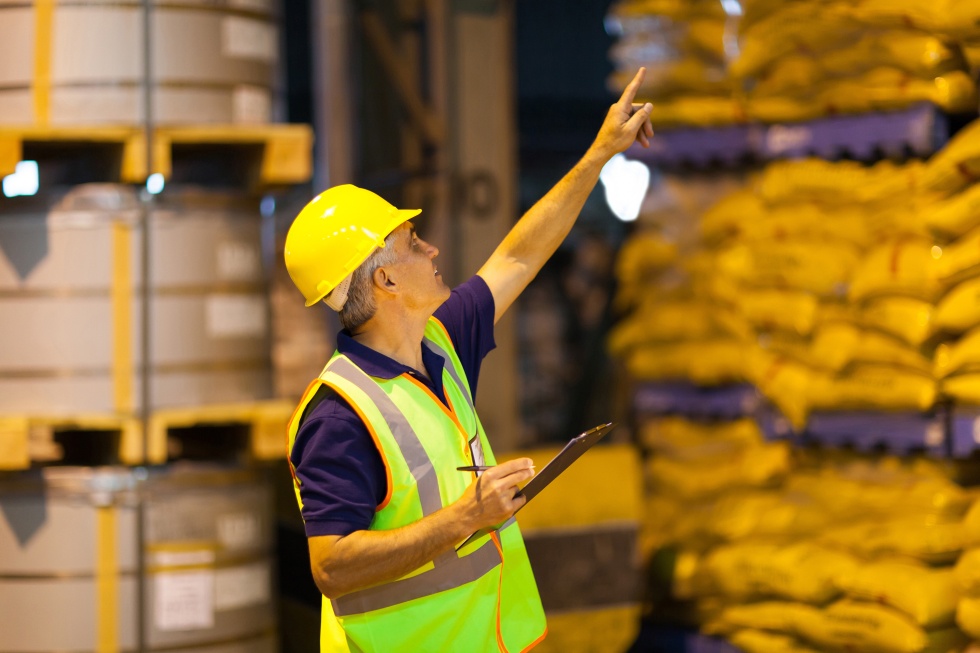Unlocking Global Prosperity with Dynamic Rice Imports
Explore the dynamic landscape of rice imports, seize lucrative opportunities, and navigate the global market trends for a sustainable and profitable trade.

In the ever-evolving world of agriculture, rice imports play a key role in meeting the growing demand for this staple grain. The latest data from the Ministry of Agriculture and Rural Development shows Vietnam's impressive performance in rice production and exports, shaping the dynamics of the global rice trade.
Vietnam's Rice Production Surge: Meeting Global Demand
According to the ministry's data, Vietnam's national rice production experienced a commendable 1.9% increase in 2023, reaching a staggering 43.5 million tons. This increase can be attributed to a strategic expansion of 10,600 hectares and an impressive yield of 61 tons per hectare, an increase of 1 ton per hectare. Production not only met domestic consumption, processing, and animal feed needs but also positioned Vietnam as a top exporter with a record 8.3 million tons, generating nearly $4.8 billion - the highest since 1989.
Amid global uncertainties and tightening export policies by major rice-producing countries such as India and Russia, Vietnam has emerged as a major exporter, offering large quantities and a variety of high-quality rice varieties. The proportion of high-quality rice varieties has increased significantly from 50% in 2015 to 85% in 2023, providing stability to many market segments from Asia to Europe.
Factors Driving the Increase in Rice Imports:
- Rising global demand: Rising global population and changing consumption patterns are contributing to increased demand for rice as a staple food.
- Population growth and urbanization: Growing populations, especially in urban areas, are driving the need for rice imports to meet the dietary needs of urban dwellers.
- Changing consumption patterns: Changes in dietary preferences and lifestyles influence demand for different rice varieties, leading to imports to meet specific market needs.
- Food security considerations: Countries prioritize rice imports to ensure food security, especially when facing domestic production challenges or supply chain disruptions.
- Rice variety diversification: The desire for high-quality and diverse rice varieties leads countries to explore imports to meet consumer preferences and market demands.

Expanding Markets: ASEAN and China Lead the Way
ASEAN and China are emerging as key importers of Vietnamese rice, accounting for a significant 72% of the country's total rice exports. In 2023, rice exports to ASEAN increased by 25.6% to 4.58 million tons, while exports to China grew by 10.9% to 896,000 tons. This robust performance underscores Vietnam's pivotal role in the global rice market, providing stability amid food security concerns and export restrictions by other major players.
Anticipating the Future: A Favorable Outlook for Rice Imports
Looking ahead, the Vietnam Food Association (VFA) sees a favorable trajectory for rice imports in 2024. The global shortage of 5 million tons of rice positions Vietnam as a major exporter, filling the gap left by other countries tightening their export policies. India's continued restrictions on rice exports further increase Vietnam's importance, especially as traditional importers such as Indonesia and the Philippines show increasing demand for rice imports.
Impact on Rice-producing Countries
The surge in rice imports from Vietnam has had a profound impact on rice-producing countries. As the leading exporter, Vietnam's success puts pressure on other producers to become more competitive. It also highlights the economic implications and challenges these countries face in maintaining a balance between meeting domestic demand and contributing to the global market.
Trade Policies and Regulations for Rice Imports
Navigating the complex landscape of rice imports requires an understanding of the trade policies and regulations that govern the market. The policies implemented by both exporting and importing countries play a critical role in shaping the dynamics of rice trade. Staying abreast of these policies is essential for import-export companies seeking to succeed in this industry.
Challenges and Opportunities
While the surge in rice imports presents lucrative opportunities, it also comes with its own set of challenges. Adapting to the evolving global marketplace, overcoming trade barriers, and ensuring compliance with international regulations are challenges that importers and exporters must overcome. However, these challenges also bring opportunities for innovation, market diversification, and collaboration to create a resilient and dynamic rice trade ecosystem.
In conclusion, the surge in rice production and exports from Vietnam represents a unique opportunity for import-export businesses around the world. As agribusiness trends continue to shape global trade dynamics, seizing opportunities in the rice market, understanding the top rice importers, and capitalizing on emerging trends will be paramount to success.
Explore Limitless Opportunities on the Export Portal!
As global demand for rice continues to grow, the Export Portal provides a seamless platform for importers and exporters to connect, trade, and thrive. Join the Export Portal community to explore a world of opportunities, stay informed on market trends, and engage in sustainable and profitable rice import-export trade. Seize your chance to be part of a thriving global rice market - start your journey on the Export Portal today!






Comments 0